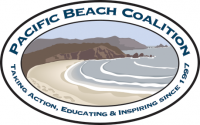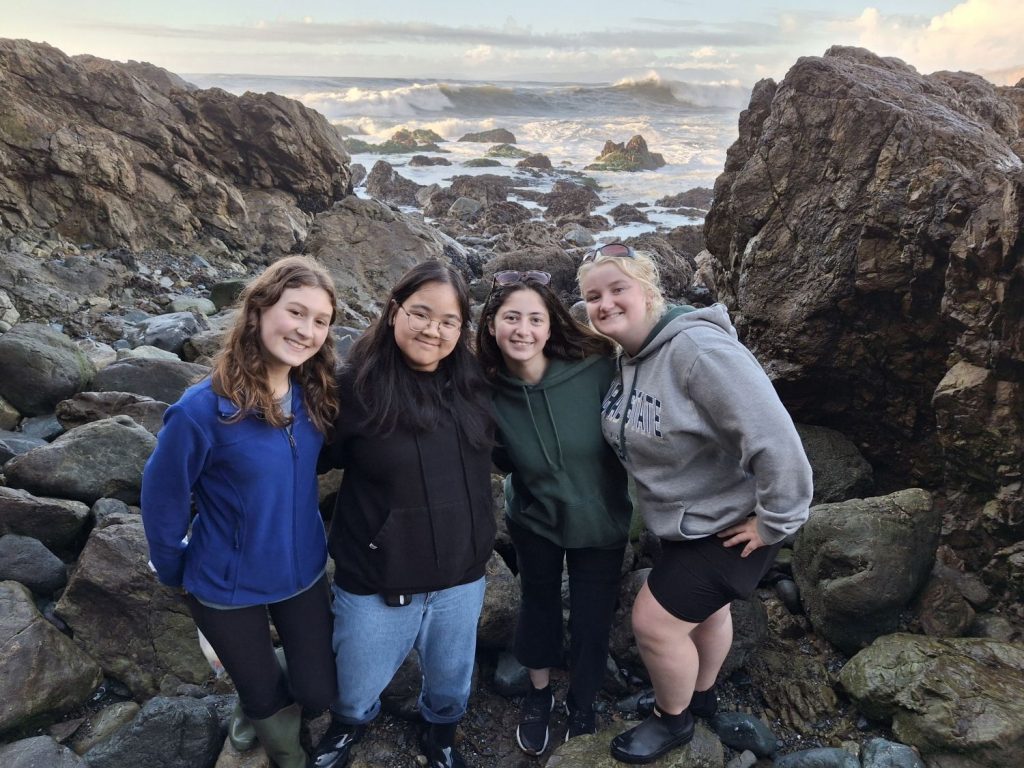16 Marine Organisms Found at Rockaway Tide Pools
It’s that time of year again when King Tides return to the coast. King Tide is a non-scientific name used to describe very high tides that occur when the sun, moon and Earth are aligned. This creates a strong gravitational pull on the ocean. In places like Sharp Park in Pacifica, large waves can be seen crashing into the pier and over the seawall, which brings many wave-watching spectators to the area.
What is tidepooling?
Along with these high tides come very low tides exposing tide pools, which are shallow pools of seawater that form in depressions along a rocky coastline. Many marine organisms find tide pools to be the perfect habitat, but these organisms can only be seen when the tide recedes.
The Pacific Beach Coalition hosted a special tidepooling event at Rockaway Beach in Pacifica, on a beautiful Friday afternoon, November 15, 2024. Tidepooling is an outdoor activity that involves observing a range of seaweeds and marine animals in shallow pools of ocean water.
We were joined by members of the Oceana High School Ocean Conservation Club based in Pacifica. According Ocean High School’s website, the Ocean Conservation Club is “committed to promoting environmental sustainability, finding creative ways to protect our ocean and our campus, and having fun!” The Club hosts cleanups for community service hours and other fun community activities throughout the school year.
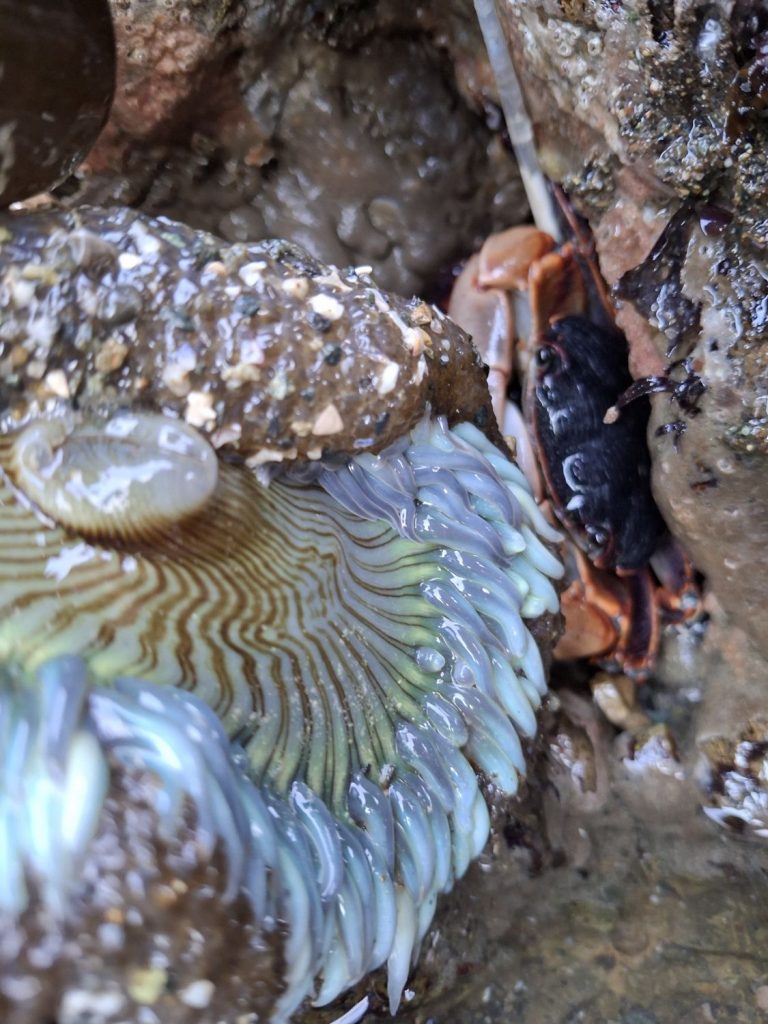
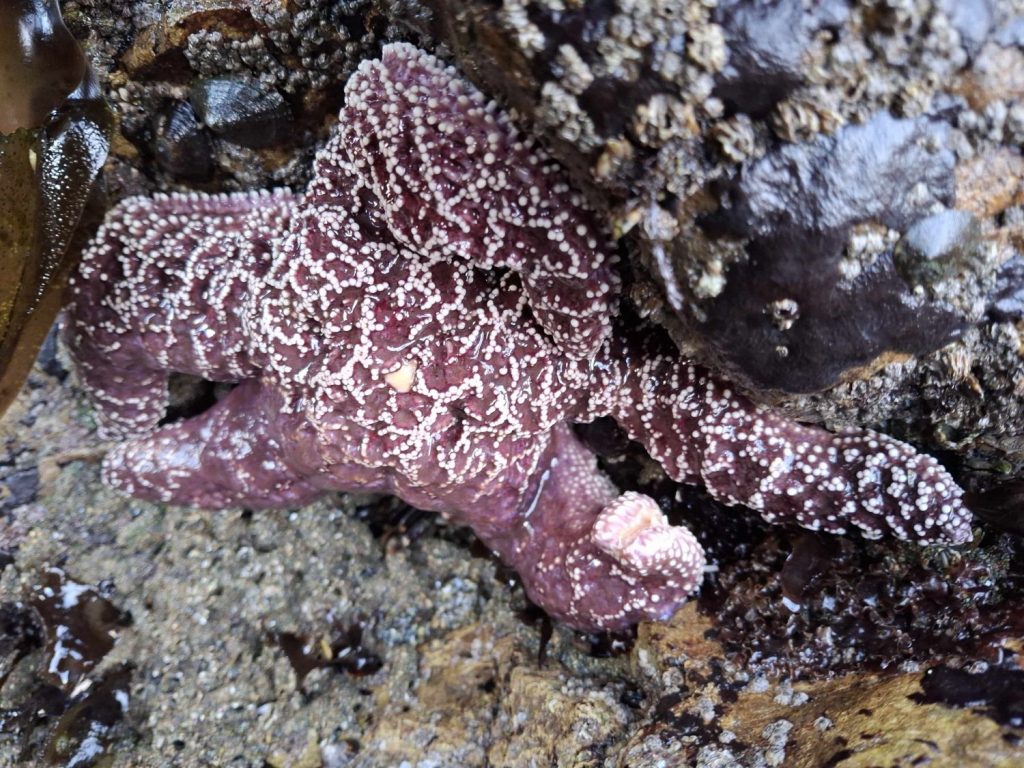
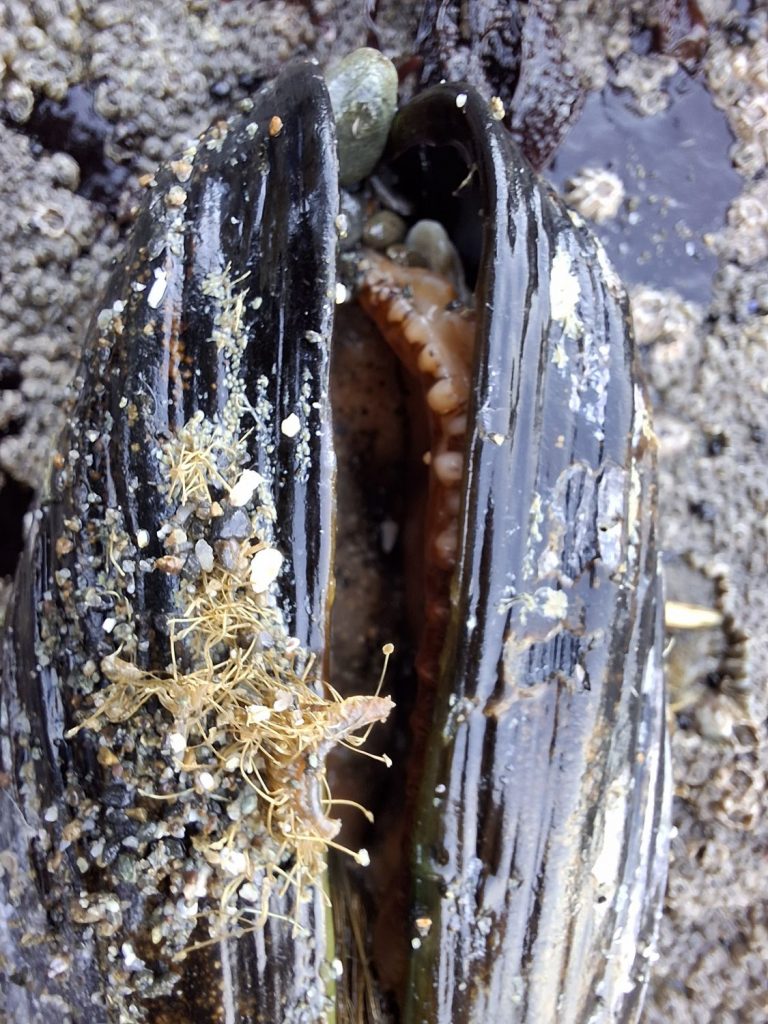
What types of marine organisms did we find?
Our small and mighty group found 16 different kinds of marine organisms in the tide pools. This is a very sensitive habitat! Our goal was to observe the marine organisms while treating them with care.
- Aggregating anemones
- Sunburst anemones
- Giant green anemones
- Moonglow anemones
- Ochre stars
- Bat stars
- San Diego dorid nudibranch
- Monterey dorid nudibranchs
- Turban snails
- Boring clam
- Hermit crabs
- Red rock crabs
- Periwinkle snail
- Limpets
- Barnacles
- Gooseneck barnacles
Many marine areas are protected, so always practice leave-no-trace principles and leave it better than you found it. To learn more about how to visit the tide pools, read this article. Thank you to the Club members who joined us for an educational outing!
